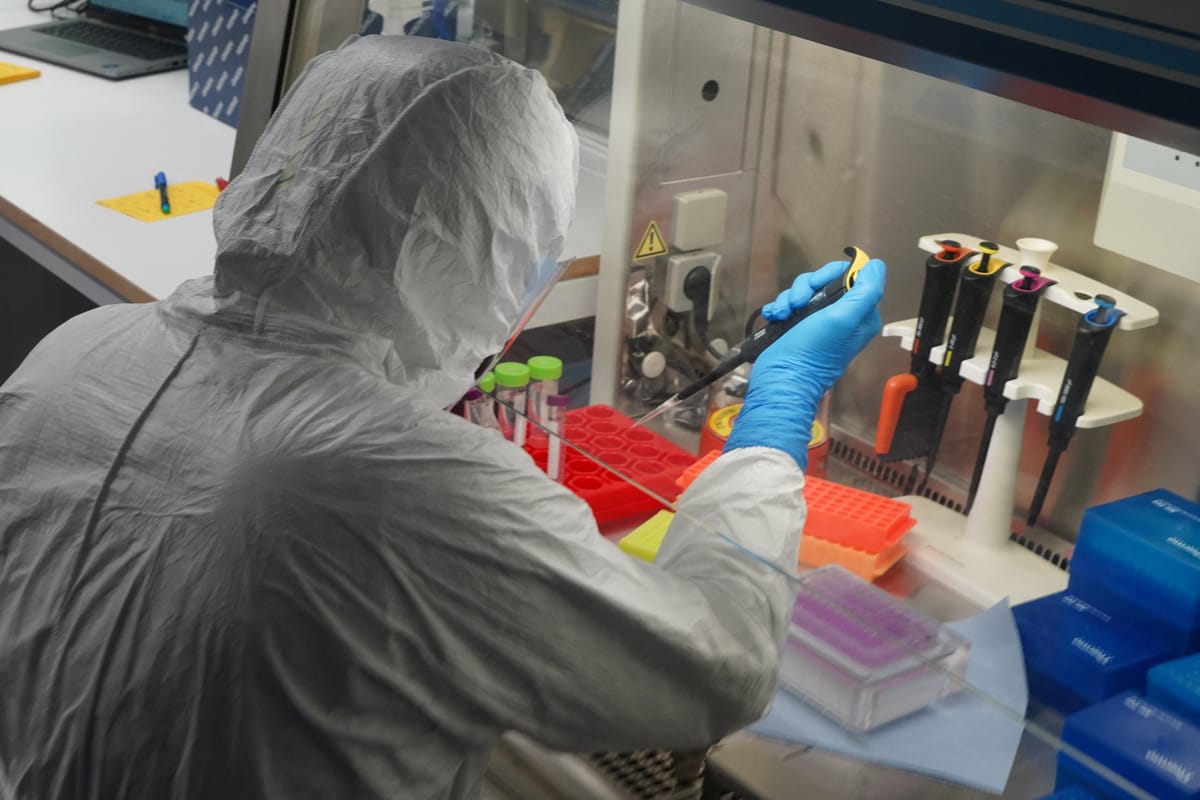Our genetics show humans interbred with extinct species
For years, scientists have been suggesting that humans actually interbred with some other Homo species.

A few minutes every morning is all you need.
Stay up to date on the world's Headlines and Human Stories. It's fun, it's factual, it's fluff-free.
The first homo sapiens (humans) appeared on the scene between 200,000 to 300,000 years ago. But we weren’t the only Homo species out there. In fact, we’re actually the ninth and youngest of the Homo genus. Many of those species existed for longer than humans have so far. Still, we’re the only ones left today. For a time, some other Homo species lived alongside us, like Neanderthals.
For years, scientists have been suggesting that humans actually interbred with some other Homo species. According to a new study on human genetics published in the journal PLoS Genetics, this idea is looking more and more likely. Humans probably interbred with the Denisovan species as we were spreading out of Africa about 60,000 years ago. Denisovans were native to parts of Asia, like modern-day Siberia, Tibet and Laos.
Humans today seem to have gotten a genetic adaptation from Denisovans. This gene seemingly deals with zinc regulation, which could’ve helped us deal with colder climates of the time. But, this same gene might be the reason that some people are predisposed to certain mental disorders and illnesses, like depression.
“We propose that adaptation to cold may have driven this selection event, while also impacting predisposition to neuropsychiatric disorders in modern humans,” the study says.
Zinc has been linked to mental health in a few key ways. It’s necessary for the way our neurotransmitters operate, and it also affects the modulation of brain activity, which can sway mood and behavior. Zinc deficiency has been linked to mental health disorders like depression or anxiety, too.
Before now, scientists have studied another gene, the EPAS1, that many Tibetans still have, also believed to come from the Denisovans. But, the gene being studied in this new research is actually found all over the world and is known as the SLC30A9 gene.
“Apparently, the change was beneficial and proved a selective advantage for humans. As a consequence, this variation in the SLC30A9 gene was selected and has reached current populations,” says Jorge Garcia-Calleja, a co-author of the study. In the past, the SLC30A9 gene has been associated with a greater risk of depression and mental disorders. So, it makes sense that the gene has something to do with zinc regulation.




Comments ()